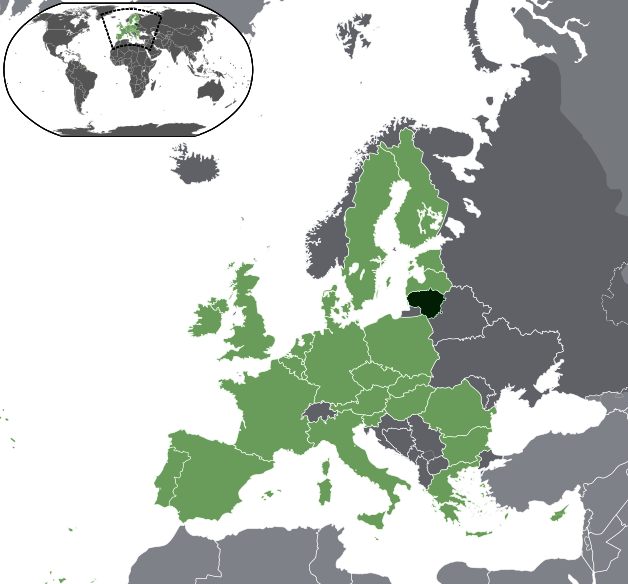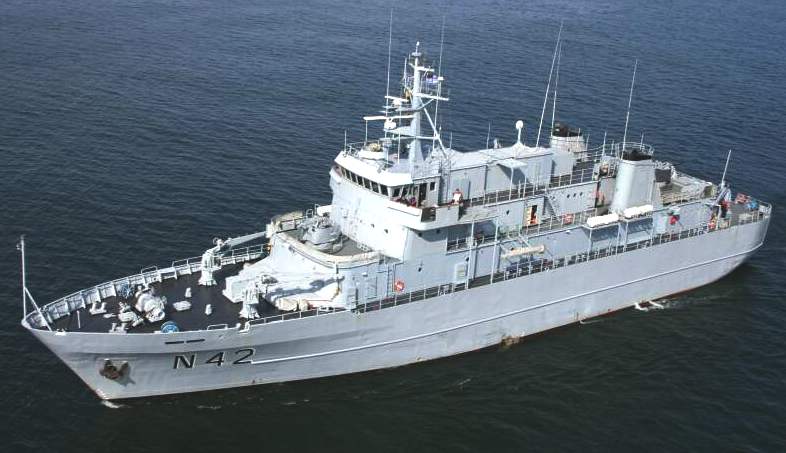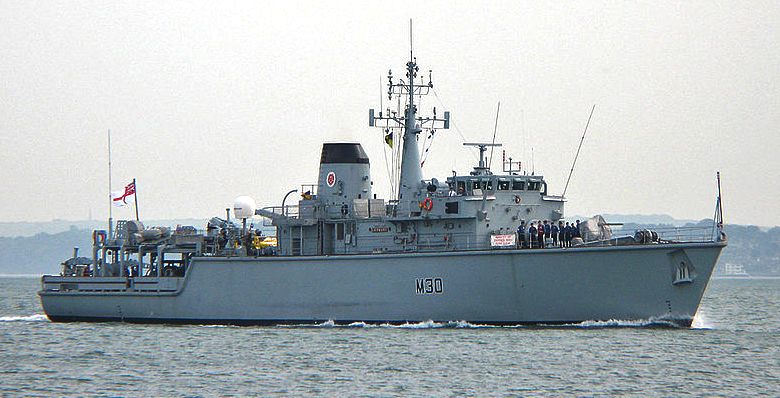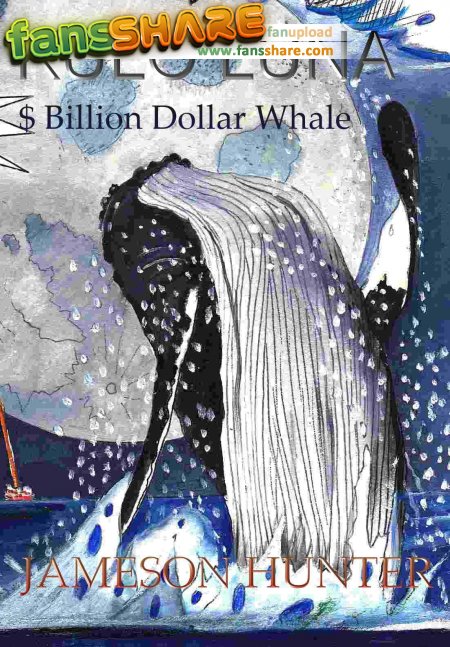|
Lithuania
(Lithuanian: Lietuva), officially the Republic of Lithuania (Lithuanian: Lietuvos Respublika) is a country in Northern Europe, the largest of the three Baltic states. It is situated along the southeastern shore of the Baltic Sea, to the east of Sweden and Denmark. It borders Latvia to the north, Belarus to the east and south, Poland to the south, and Kaliningrad Oblast (a Russian exclave) to the southwest. Lithuania has an estimated population of 3 million as of 2012, and its capital and largest city is Vilnius. The Lithuanians are a Baltic people, and the official language, Lithuanian, is one of only two living languages (together with Latvian) in the Baltic branch of the
Indo-European language family.

For centuries, the southeastern shore of the Baltic Sea was inhabited by various Baltic tribes. In the 1230s the Lithuanian lands were united by Mindaugas, who was crowned as King of the Lithuania, creating the first unified Lithuanian state, on 6 July
1253. During the 14th century, the Grand Duchy of Lithuania was the largest country in Europe: present-day Belarus, Ukraine, and parts of Poland and Russia were territories of the Grand Duchy of Lithuania. With the Lublin Union of 1569, Lithuania and Poland formed a voluntary two-state union, the Polish–Lithuanian Commonwealth. The Commonwealth lasted more than two centuries, until neighboring countries systematically dismantled it from 1772 to 1795, with the Russian Empire annexing most of Lithuania's territory.
In the aftermath of World War I, Lithuania's Act of Independence was signed on 16 February 1918, declaring the re-establishment of a sovereign state. Starting in 1940, Lithuania was occupied first by the Soviet Union and then by Nazi Germany. As
World War II neared its end in 1944 and the Germans retreated, the Soviet Union reoccupied Lithuania. On 11 March 1990, the year before the break-up of the Soviet Union, Lithuania became the first Soviet republic to declare independence.
Prior to the global financial crisis of 2007–2010 and now in its aftermath, Lithuania has one of the fastest growing economies in the European Union. Lithuania is a member of
NATO, the Council of
Europe, and the European Union. Lithuania is also a full member of the Schengen
Agreement. The United Nations Human Development Index lists Lithuania as a "Very High
Human Development" country. Lithuania will hold the Presidency of the Council of the European Union in the second half of 2013.

MILITARY
The Lithuanian Armed Forces is the name for the unified armed forces of Lithuanian Land Force, Lithuanian Air Force, Lithuanian Naval Force, Lithuanian Special Operations Force and other units: Logistics Command, Training and Doctrine Command, Headquarters Battalion, Military Police. Directly subordinated to the Chief of Defence are the Special Operations Forces and Military Police. The Reserve Forces are under command of the Lithuanian National Defence Volunteer Forces.
The Lithuanian Armed Forces consist of some 15,000 active personnel, which may be supported by reserve forces. The compulsory conscription service has ended in 2008 and Lithuania has moved on to rely solely on the professional armed forces. The Lithuanian Armed Forces currently have deployed personnel on international missions in Afghanistan (over 200), Kosovo and
Somalia.
In March 2004, Lithuania became a full member of the NATO. Since then, fighter jets of NATO members are deployed in Zokniai
airport and provide safety for the Baltic airspace – an inseparable part of NATO airspace.
Since the summer of 2005 Lithuania has been part of the International Security Assistance Force in Afghanistan (ISAF), leading a Provincial Reconstruction Team (PRT) in the town of Chaghcharan in the province of Ghor. The PRT includes personnel from Denmark, Iceland and USA. There are also special operation forces units in Afghanistan. They are placed in Kandahar province. Since joining international operations in 1994 Lithuania has lost two soldiers. 1st Lt. Normundas Valteris fell in Bosnia, as his patrol vehicle drove over a
mine. Sgt. Arūnas Jarmalavičius was fatally wounded during an attack on the camp of his Provincial Reconstruction Team in Afghanistan.
The Lithuanian National Defence Policy aims to guarantee the preservation of the independence and sovereignty of the state, the integrity of its land, territorial waters, airspace and its constitutional order. At the moment the main strategic goals is to be able to defend the country's interests and maintain the armed forces which would be ready to contribute, cooperate and participate with the other armed forces of NATO and
European Union member states, and also increase their further capability to participate in NATO missions.
The defence ministry is responsible for combat forces, search and rescue, and intelligence operations. The 5,000 border guards fall under the Interior Ministry's supervision and are responsible for border protection, passport and customs duties, and share responsibility with the navy for smuggling and drug trafficking interdiction. A special security department handles VIP protection and communications security.

NAVY
The Lithuanian Navy is the naval arm of the Lithuanian Armed Forces. Though formally established on 1 August 1935 its roots stretch back as far as naval engagements on the Baltic Sea in the Medieval period. Lithuanian naval units saw some service with Soviet naval forces during World War II, and the navy has been re-established in its own right and continues to expand since Lithuania's independence in 1990.
Roots
Although the origin of the Lithuanian Navy dates back to the period between World War I and II, the history of the involvement in naval battles existed earlier. The Baltic tribe of Aistians that settled down in the Baltic Sea shore built ships and used them for trade as well as for military purposes. Furthermore, according to annals, in the 13th century other Baltic tribes, the Coronians and Samogitians, tried to destroy the castle of Riga coming by ships. It is also known about the Lithuanians’ victory in the ship battle in Nemunas River at the time when Duke Vytenis ruled the Duchy of Lithuania. The most known and important naval victory was achieved by great hetman Jan Karol Chodkiewicz on 24 March 1609 near Salismünde (now Salacgrīva in Latvia) where he defeated Swedish fleet burning two enemy ships and losing none and hence breaking the blockade of Riga city. But generally the loss of territories near the Baltic Sea had a negative impact on Lithuanian's maritime
development.
Establishment
After World War I, the Government of Lithuania attempted to establish a maritime defense force. However, due to various political and economical reasons, the maritime defense force was only partially implemented. In 1923, Lithuania regained the control of Klaipėda harbor and gradual development of the maritime defense force started. The purchase of a minesweeper in 1927 was one of the first significant steps to implement Lithuanian Government aims. The ship was commissioned as the training ship Prezidentas Smetona (President Smetona). Captain Antanas Kaskelis was assigned as ship's commanding officer. Several small boats carried out patrol duties in Klaipėda harbor. Naval officers were educated abroad. On 1 August 1935, the commander in chief of the Lithuanian Armed Forces, General Stasys Rastikis, officially established the Lithuanian Navy as a branch of the Lithuanian Armed Forces.
The impact of World War II
Before the beginning of World War II on 22 March 1939 the region of Klaipėda was occupied by Germany. Once the war started Lithuanian naval ships were forced to leave Klaipėda for Liepāja harbor in Latvia. During the Soviet occupation, the Lithuanian Navy was attached to the Soviet Union's Baltic maritime defense force. The Prezidentas Smetona was renamed Korall and participated in the sea battles against the German Navy. On 11 January 1945, the ship triggered a mine and sank in the Gulf of Finland.
Development after the declaration of independence
After the declaration of independence on 11 March 1990, Lithuania had to re-establish its sovereignty as well as organize the state's defense system. From that time the units of the Lithuanian armed forces were formed. On 4 July 1992, the Lithuanian Navy was re-established. Juozapas Algis Leisis was appointed as commander of the Coast Guard Squadron.
In the fall of 1992, the Lithuanian Navy procured two Grisha class corvettes, Zemaitis (F11) and Aukstaitis (F12). After the crew training period in June 1992 both frigates participated in the international exercise US Baltops 93. This was the beginning of the international cooperation of the Lithuanian Navy with other
navies.
Another milestone in Lithuanian naval history was the establishment of the Sea Coastal Surveillance Company in 1993 which later was transformed into the Sea Coastal Surveillance Service. On 1 April 2004, Lithuania became an official member of the NATO alliance. Currently the Lithuanian naval forces are undergoing rapid modernization.
Function - Main tasks of the Lithuanian Naval Force are:
* Control, protect and defend territorial sea and exclusive economic zone of the Republic of Lithuania;
* Underwater, surface surveillance and control of territorial waters;
* Mine-clearing operations;
* Antiterrorism activities at sea;
*Protection and control of shipping and sea line of communications;
* SAR search and rescue operations
|
Lithuania's
capital Vilnius - Youtube
|
Lithuania
center of Europe - Youtube
|

A
heartwarming adventure: Pirate
whalers V Conservationists,
with
an environmental
message.
|
Adelaide
Aden
- Yemen
Afghanistan
Africa
Alaska
Albania
Algeria
Amazon
Rainforest
Amsterdam
Antarctic
Arctic
North Pole
Argentina
Asia
Athens
Atlantis
- Plato's Lost City
Australia
Austria
Aztecs
- Mexico
Baghdad
Bahamas
Bahrain
Bangladesh
Barbados
Beachy
Head, England
Belgium
Benin
Berlin
Bermuda
Black
Rock Desert
Bohemia
Bolivia Bonneville
Utah History
Bonneville,
Utah, USA
Brazil
Brighton
- West Pier
British
Columbia
Buckingham
Palace
Bulgaria
Burkina
Faso
Burma
California
Canada
Canary
Islands
Cape
Horn
Cape
Verde
Cape
York - Au
Caribbean
Cayman
Islands
Central
Africa
Chichester
Harbour
Chile
China
Columbo
- Sri Lanka
Columbia
Corfu
Cowes,
Isle of Wight
Croatia
Crooked
Island, Bahamas
Cuba
Cyprus
Czechoslovakia
Darwin
- Australia
Daytona
Beach
Denmark
Eastbounre
Pier, England
Earthquakes
Ecuador
Egypt
Eindhoven Estonia
Equator
Europe
Falkland
Islands
Falmouth,
Cornwall
Fiji
Finland
France
Galapagos
Islands
Geography
Links
Geography
Mountains
Geography
Records
Geography
Resources
Geography
Statistics
|
Germany
Ghana
Gibraltar
- Links
Greece
Greenland
Guinea
Guinea
Bissau
Hawaii
Holland
the Nertherlands
Hollywood,
California, LA
Hong
Kong
Hungary
Hurricanes
Iceland
India
Indonesia
Links
Iran
Iraq
Ireland
Isle
of Man
Isle
of Wight
- The
Needles
Israel
Italy
Ivory
Coast
Jakarta
- Java
Japan
Johannesburg
Jordan
Kent,
England
Kenya
Korea
Kuwait
Kyoto
Lanzarote,
Gran Canaria
Las
Vegas
Lebanon
Liberia
Libya
Liechtenstein
Life
on Earth
Lithuania
London
- Big
Ben
London
Eye
London
Houses
Parliament
London
- Buckingham
Palace
London
- Old
Bailey
London
- Overview
London
- The City
London
- Tower Bridge
London
- Trafalgar
Square
Luxembourg
Madame
Tussauds
Malaysia
Mali
Malta
Marshal
Islands
Mauritania
Maya
Empire -
Central America
Melbourne,
Australia
Middle
East
Melbourne,
Australia
Mexico
Monaco
Morocco
Mountains
Mumbai
Naples-
Italy
National
Geographic
Nepal
New
York
New
Zealand
Niger
Nigeria
North
Africa
Norway
Nova
Scotia
Oceans
and Seas
Oman
Pakistan
Palermo
- Sicily
Palestine
Palma
- Malorca
|
Panama
Canal - Links
Paris
Pendine
Sands
Peru
Philippines
Pisa,
Leaning Tower
Planet
Earth
Poland
Port
Moresby - PNG
Port
Said - Egypt
Portugal
Puerto
Rico
Qatar
Quebec
Rio
de Janeiro
Romania
Rome
Russia
Salt
Lake City
Samoa
Saudi
Arabia
Scandanavia
Scotland
Senegal
Siera
Leone
Singapore
Solomon
Islands
Somalia
South
Africa
South
America
Southampton
Spain
- Espana
Sri
Lanka - Links
Stonehenge
Sudan
Suez
Canal
Sundancer
Holiday Resort
Sussex,
England Index
Sweden
Switzerland
Sydney,
Australia
Syria
Tahiti
- Polynesia
- Links
Tahitian
- Men & Women Customs
Taiwan
Thailand
The
Gambia
Togo
Tokyo,
Japan
Tonga
- Polynesia
Toronto
Trinidad
- Lesser Antilles
Trinidad
and Tobago
Tsunami
Tunbridge
Wells, England
Tunisia
Turkey
Tuvalu
Islands
UAE
- United Arab Emirates
UK
Statistics
Ukraine
United
Kingdom
United
Kingdom -
Gov
USA
Uruguay
Vanuatu
Islands
Vatican
City
Venezuela
Venice
Vienna
Vietnam
Volcanoes
Volendam
Wales
Washington
D.C.
WAYN
Where Are You Now
Wealden
iron industry
Wendover
West
Africa
World
Peace Supporters
Yemen
Yugoslavia
Zurich
|

Solar
Cola drinkers care about planet
earth
..
Thirst for Life

(330ml
Planet Earth can)
|




